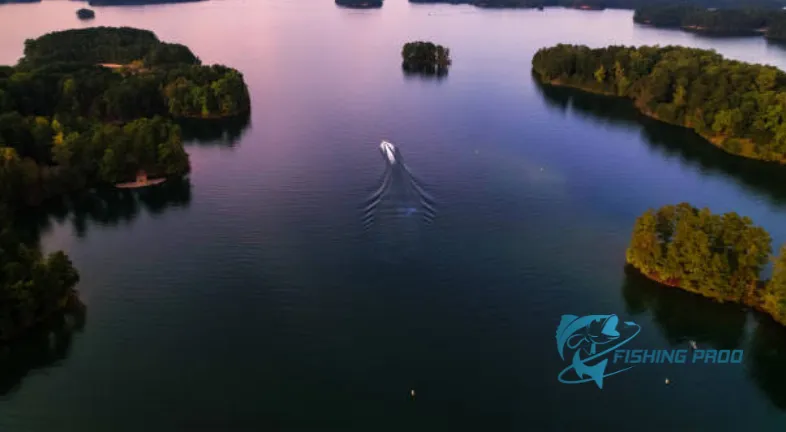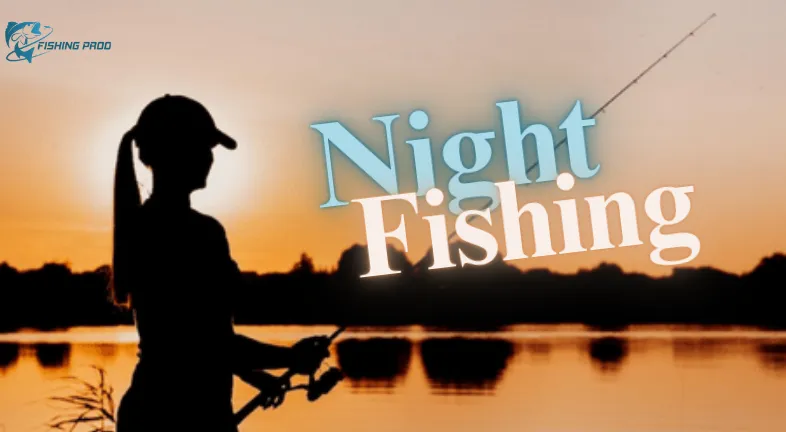HOW TO FISH FOR HALIBUT IN CALIFORNIA

A highly sought-after catch for fishermen along the Pacific Coast is the California halibut (Paralichthys californicus). This flatfish presents a distinct challenge and mouthwatering reward. It is recognized for its diamond-shaped body and fierce battle. This guide gives you the information and tactics you need to start a profitable fishing expedition if you’re excited to put your abilities to the test and maybe catch a trophy halibut in California waters.
Recognizing California Halibut:
Habitat: Being a demersal fish, California halibut live close to the ocean floor, frequently in sand- or silt-filled regions. They favor coastal shelves, bays, and estuaries with shallow to 600-foot depths.
Behavior: These fish are ambush predators; they lurk on the seafloor, disguised, and ready to strike upon unwary prey. Their main sources of food include crabs, shrimp, and smaller fish.
Seasonality: Depending on where you fish, there are different prime seasons for halibut in California. The season typically lasts from late spring until early fall, with the warmer months seeing the highest activity. Nonetheless, certain fishing zones may be impacted by quotas and laws, so speaking with local authorities is essential.
Getting Ready for the Great Halibut:

Rod and Reel: Choose a medium-to medium-heavy action spinning rod that is 7 to 8 feet long. This arrangement provides good casting control and can withstand a halibut’s tremendous runs. Combine it with a medium-sized spinning reel that can withstand powerful pulls and has a smooth drag system.
Line and Leader: Use fishing line that is braided and has a test strength of 20 to 50 pounds. When compared to monofilament, braided line has better strength, sensitivity, and abrasion resistance. Put on a fluorocarbon leader with a 20–40 pound test to increase durability and invisibility.
Use circle hooks sized 4/0 to 7/0 for your sinkers. Because they make it simpler to release the hook during catch and release, these hooks encourage ethical fishing techniques. Make use of pyramid sinkers.
Techniques for Fishing Halibut That Work:
Drift fishing is a well-liked method for locating halibut close to the bottom. Let the tide carry your line along the bottom by fastening your bait or lure to the leader and casting it out. To reduce your drift speed and have more control over how your bait is presented, use a drift sock. Jigging is a method where you actively raise and drop your lure or bait in close proximity to the bottom. This is very useful for drawing halibut that are hiding on the bottom to your attention. Try a variety of jigging cadences to see what works best for you that particular day.
Live Bait: A great approach to attract halibut is to use live bait, such as whole anchovies, sardines, or mackerel. Be sure your bait is dynamic because freshness is crucial.
Artificial Lures: Swimbaits, big bucktail jigs, and jigheads made of soft plastic are a few examples of artificial lures that work well for halibut. Select lures that closely resemble the size and motion of the halibut’s natural food source.
Crucial Success Advice:

Finding Productive regions: Look for regions with sandy or silty bottoms that are known to be home to halibut numbers by conducting research or asking around. Seek out places with structure, such as drop-offs or reefs, as these may draw baitfish and halibut predators. Interpreting the Water: Take note of the water’s characteristics, including the tides, current, and bottom structure. Adapt your fishing methods according to these considerations. For instance, heavier sinkers may be required in stronger currents to keep your bait in contact with the bottom. Fighting the Fish: Expect a fight when you hook a halibut. These fish are renowned for their strong sprints and unwavering perseverance. Before attempting to get the fish on board, use the drag system on the reel and the bend in the rod to gradually wear it out.
Ethical Fishing Methods: Comply with all local fishing laws, including those pertaining to bag limits, size restrictions, and equipment limitations. If you’re pursuing halibut that falls outside of the permitted size range, use responsible capture and release practices.
Beyond the Fundamentals:
Charter Fishing: If you’ve never gone halibut fishing before or are not familiar with the area’s seas, you might want to hire a fishing guide. Their ability to offer invaluable knowledge, gear, and exclusive access to great fishing areas can boost your chances of success.
Safety First: When fishing, safety should always come first. Wear a life jacket, dress according to the weather, and pay attention to your surroundings—especially if you’re fishing from a boat.
CONCLUSION:
Halibut fishing in California provides a special balance of reward and challenge. Understanding your target, using the right equipment and tactics, and following ethical fishing guidelines can get you closer to feeling the rush of taking on this highly sought-after flatfish.
















2 thoughts on “HOW TO FISH FOR HALIBUT IN CALIFORNIA”
I am glad to be a visitant of this unadulterated site! , thankyou for this rare information! .
Thank you for the auspicious writeup It in fact was a amusement account it Look advanced to more added agreeable from you By the way how could we communicate